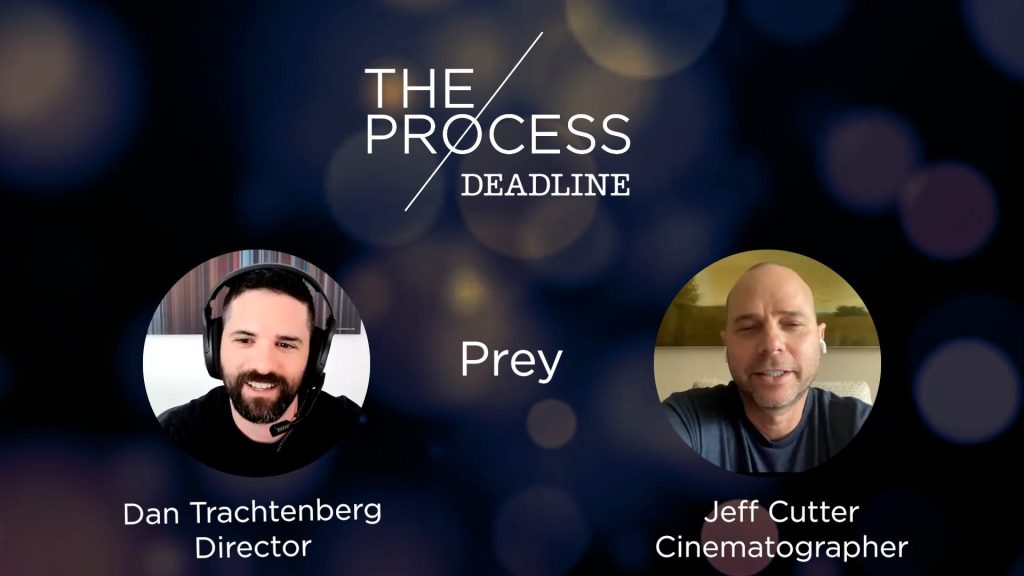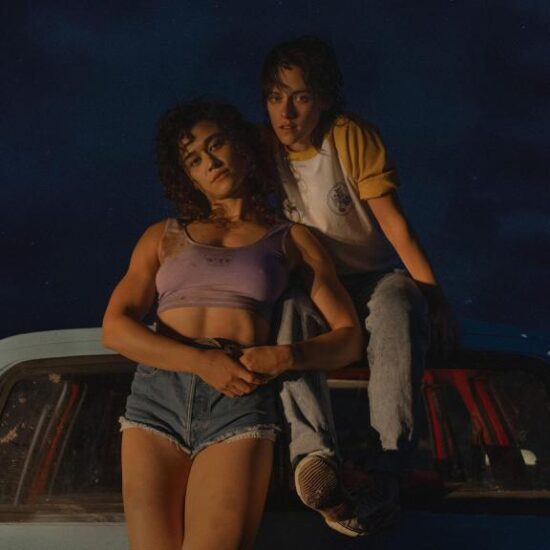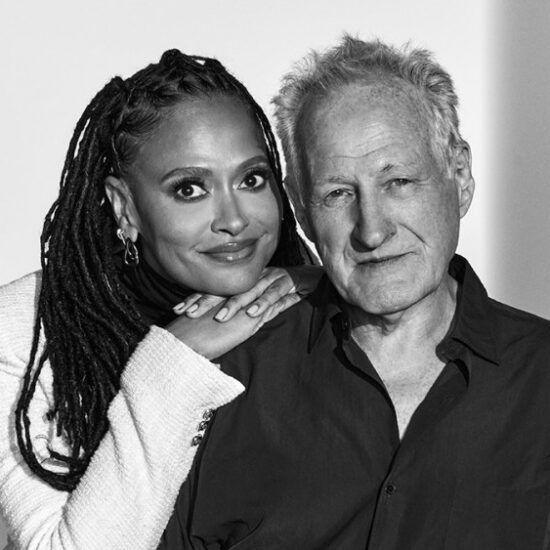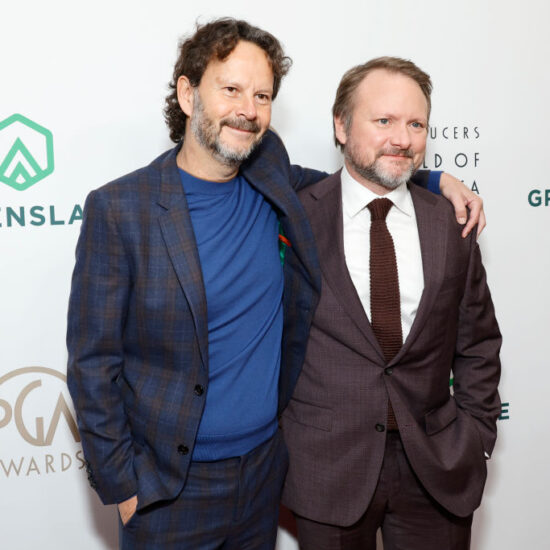
DISCLAIMER: This edition of Deadline’s The Process was shot prior to the start of the WGA Strike on May 2nd.
In their second feature collaboration following 2016’s 10 Cloverfield Lane, Prey‘s director Dan Trachtenberg and cinematographer Jeff Cutter faced a totally new set of challenges, the most difficult to grapple with being the move from an almost entirely interior story, set in an underground bunker, to one that took place out in the woods.
On 10 Cloverfield Lane, which was primarily shot on one contiguous set, the primary concern for Cutter was “where to place the practicals, because basically everything was built to be photographed, so that we could really move physically through.”
With Prey, though, which took place 75-80% in day exteriors, “the hard part [was] bending the schedule and getting everyone [on board],” sacrificing the control that comes with shooting in studio, with production being organized in part around the less predictable lighting conditions out in the real world.
In conversation with Cutter in the latest edition of Deadline’s craft video series The Process, Trachtenberg explains that the other major challenge of shooting on location had to do with making sure that in a filming scenario offering perhaps too many possibilities, where “the world is our oyster,” the corner of the world chosen as the setting for each scene would feel distinct and special. “There’s an entire land that we could go through, and I joked when I came back from filming the movie that I’m never going to make a movie where the script says ‘Ext. Forest – Day’ for the bulk of the movie, again,” says the filmmaker. “It was just so overwhelming and hard.”
Notching the biggest-ever Hulu premiere upon its debut on the platform last summer, 20th Century Studios’ Prey is a Predator franchise prequel set 300 years ago in the Comanche Nation which tells the story of Naru (Amber Midthunder), a fierce and highly skilled warrior looking to fend off both French fur traders and a highly evolved alien predator invading her territory.
Cutter had also worked with Trachtenberg on assorted commercials and the pilot to Prime Video’s The Boys prior to taking the film on, and in so doing, a third memorable creative hurdle he’d look to confront was the “naturalistic” photographing of firelight. He’d look, with all scenes, to “use as much natural fire as possible,” though the lighting of each was augmented in some sense. For scenes taking place both inside and outside teepees, around “small campfires,” lighting was supplemented with “old school tungsten filament light bulbs.” And for scenes that had actors running around with torches, he’d attach “LED strips” to the props, such that the thesps would stand out just enough in the darkness.
Shooting fire in these ways, Trachtenberg says, helped the team avoid bringing a sense of “uncanny valley” into scenes. “I’ve done stuff where literally we’re trying to only light with fire, and the flicker of a real fire without any support feels unnatural and weird,” he shares. “So weirdly, you kind of do have to bring in some artifice just to make it look more real.”
During his time with the filmmaker on The Process, Cutter discusses his first read of Prey‘s script and visual references he brought to the project; why he feels pre-production is “the most stressful part” of the filmmaking process; how he landed on choices of camera and lenses which would do justice to the film’s “scale” and the “beautiful landscapes” within it; scenes in Prey that wound up exactly as he’d imagined them, and those that wound up entirely different; the most fundamental component of his and Trachtenberg’s process, which comes down to finding “the soul of the scene”; what it is about their collaboration that works so well; and Trachtenberg’s “muscular” approach to filmmaking.
The DP also touches on his love of Star Wars, The Terminator and the more recent The Batman; the “pain-to-reward ratio” that informed his pivot to cinematography after starting film school with the ambition to direct; early experiences in the industry shooting music videos; his notion that a movie tells you “what it’s going to be” in the first week of shooting; his aspiration to create “big cinema”; and his creative goals as he looks ahead.
Trachtenberg speaks for his part to beginning to make movies at age three, and the studying of “making of” materials that informed his early work; how the kinds of creative problem-solving he grapples with on set today are the same he was faced with as a kid; the experience of making 10 Cloverfield Lane with Cutter, who he jokes functions on set both as his “therapist” and hype man; how he and the DP work through moments where a scene isn’t gelling; his biggest overall challenges in making Prey; and more.
View the entire conversation above.













